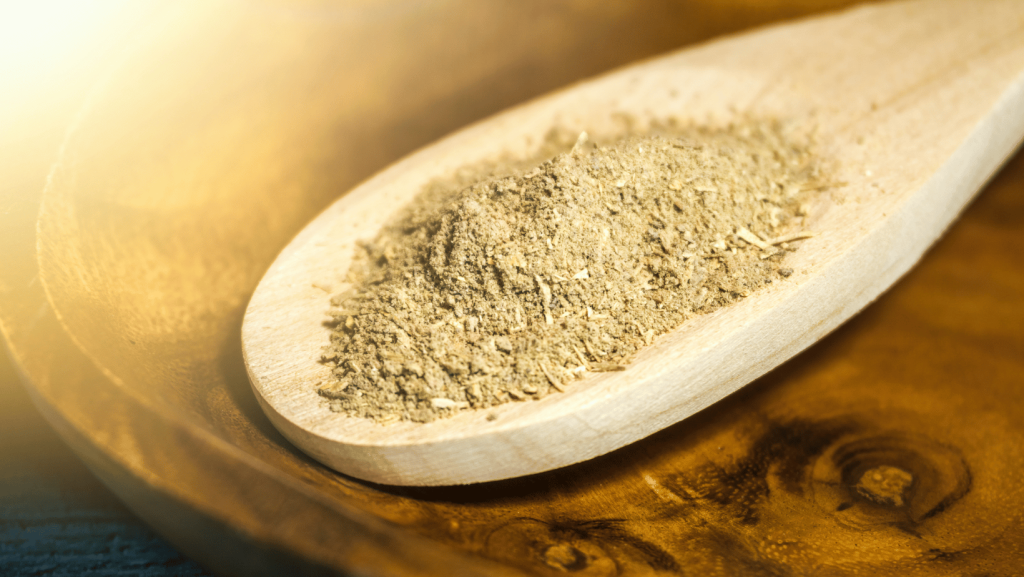5 Quick and Easy Ways to Make Kava Tea - A Beginners Guide
Making Kava tea doesn’t have to be complicated- it is all about finding what suits you best. Whether you are curious about Kava or just looking for the easiest way to brew it, you are in the right place.
Picture this: just a few simple ingredients, tools you already have in the kitchen, and a few minutes of your time—voilà, your perfect cup is ready! From old-school traditional methods to quick hacks for busy days, we will break down five super-easy ways to make this perfect Pacific Island drink. Let’s get started!

How To Make Kava Tea From Powder At Home?
Making Kava tea at home is simple and customizable! With just a few ingredients, like Kava Powder, and tools you likely already have at home, you can create a soothing cup of tea in no time. Let’s explore 5 easy ways to help you enjoy this Pacific Island drink:
Method #1: Traditional Kava Tea Preparation
Traditional Kava tea is made by steeping the root powder in warm water, a method used by Pacific Islanders for centuries. Here’s how to make it:
What you will need?
- 2-4 tsp of high-quality Kava root
- A strainer bag, a cheesecloth, muslin, or an old t-shirt
- 8-12oz of warm water (not hot)
Steps
- Measure 2-4tsp of Kava ground root for every 8-12oz water.
- Fill a strainer bag (or whatever you choose) with the Kava Powder and tie it.
- Add the warm water to the strainer bag in a medium-sized bowl.
- Let it steep for at least 10 minutes.
- Knead and squeeze the bag for 5-10 minutes to release Kavalactones until the liquid looks like chocolate milk.
- Drink the tea as-is or over ice.
Method #2: Shaker Bottle Kava Tea
For a quicker, mess-free option, try using a Kava shaker bottle. It works like a protein shaker but has a fine-mesh strainer for Kava.
What you will need?
- 2-4 tsp of high-quality Kava root
- A shaker bottle
- 8-12oz of warm water
Steps
- Measure the amount of Kava Powder depending on your taste.
- Place the root powder into the strainer ball of the shaker.
- Add warm water to the bottle.
- Shake for 5-10 minutes until the liquid appears brownish and slightly muddy.
- Drink the tea or refrigerate it for a smoother flavor.
Method #3: Blender Method
If you want your Kava tea in no time, this is the quickest one among the others. Here’s how to go about it:
What you will need?
- 2-4 tbsp of ground Kava powder
- 8-12 oz of warm water or coconut milk
- Blender and strainer
Steps
- The first step is to measure the amount of Kava Powder precisely.
- Add the root powder to the blender.
- Add the warm water and blend on high for 4-5 minutes.
- Strain the mixture through a cheesecloth or an old t-shirt.
- Pour into a glass and enjoy with ice or fruit.
Method #4: No Kneading Required
This method requires minimal effort- just let the Kava Powder steep in the water for a hands-off experience.
What you will need?
- 2-4 tbsp of Kava powder
- 8-12 oz of warm water
Steps
- Add the 2-4 tsp Kava Powder into the strainer bag.
- Place the strainer bag in the warm water. You can also use coconut milk or fresh fruit juice.
- Let it steep for at least 10 minutes.
- Squeeze out the remaining liquid from the bag.
- Add ice, fruit, or mint leaves and enjoy.
Method #5: Bulk Brewing Kava Tea
For larger batches, you can replicate bulk brewing at home using a French press.
What you will need?
- 2-4 tbsp of Kava powder
- French press
- Warm water
Steps
- Bulk Kava is brewed by soaking the root in larger strainer bags and pressing out the liquid.
- Replicate at home using a French press to steep Kava in warm water.
- Press the mixture to extract Kava liquid.
- Pour it into a glass and enjoy your tea whenever you want.
How To Make Your Kava Tea Taste Better?
The earthy flavor of Kava tea may not be suitable for everyone, but there are ways to enhance it. Try these delicious Kava recipes:
Kava Colada
Blend 8 oz coconut milk, 1/2 cup pineapple, 1 cup water, and desired Kava powder. Chill and serve with pineapple over ice.
Kava Blugurt
Blend 1 cup of frozen blueberries, honey, milk, yogurt, and steeped Kava tea. Serve with a spoon.
Kava Cocoa
Blend steeped Kava tea with dark chocolate (60% cacao or more). Chill and serve with whipped cream.
